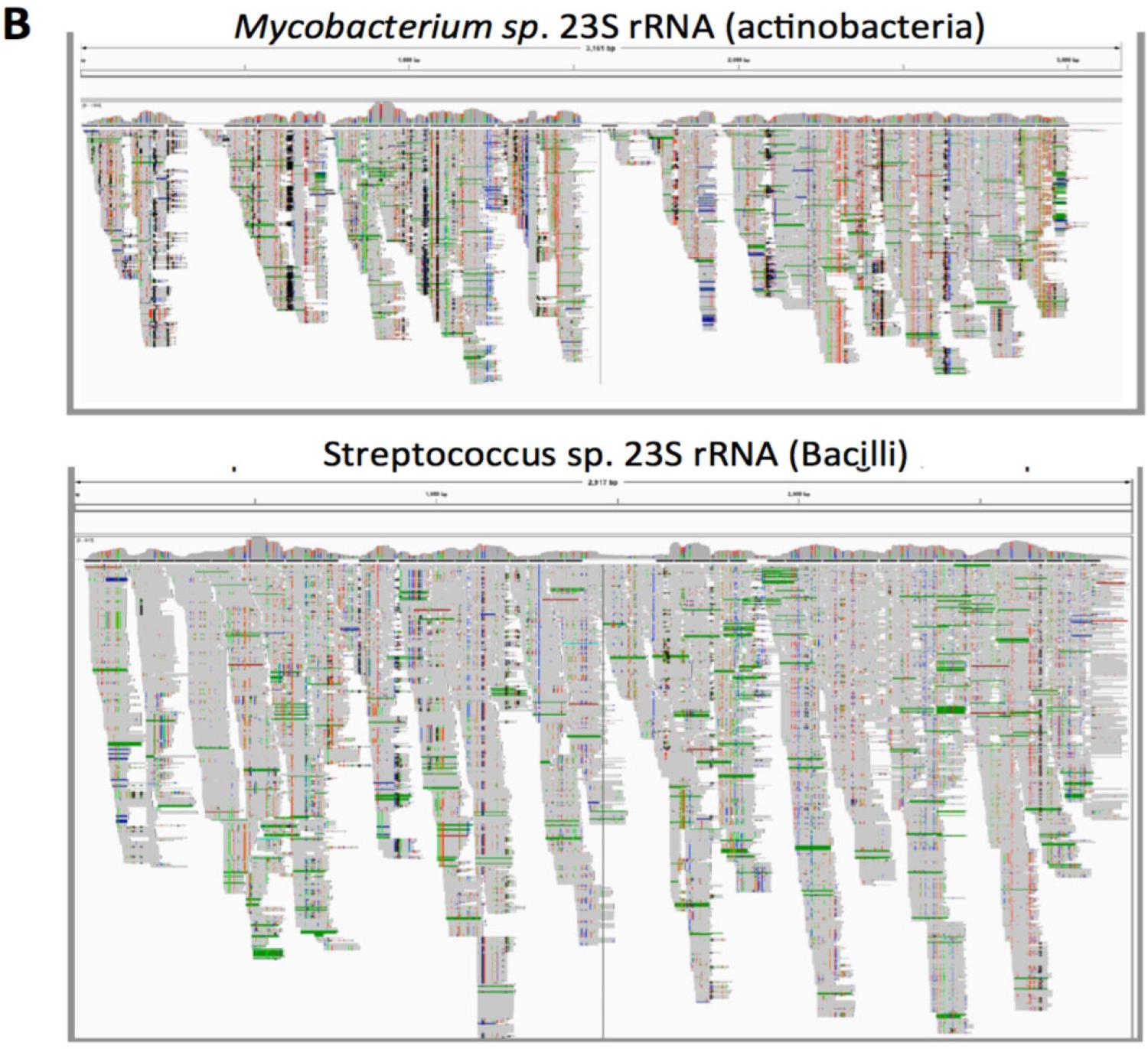Is there a brain microbiome?
Over the past decade, the development of new sequencing technologies has enabled extensive characterization of microorganisms living in or on the human body (the "human microbiome"). In particular, characterization of microorganisms in the gut has led to a deeper understanding of how the microorganisms we coexist with can influence our physiology, immune system, behavior, and overall health. In contrast to the gut microbiome, it is less clear the degree to which microorganisms actually inhabit our tissues and organs, and whether this might also influence our physiology. This relative ignorance results largely because it is much easier to obtain fecal samples than tissue biopsies, particularly of the central nervous system. However, in the course of our analysis of human brain transcriptome data, we have noted a surprisingly high level of microbial sequences, which appear to differ in different brain regions. We are currently investigating the possibility that the microbial sequences we have identified are not simply due to contamination, but actually reflect resident microbes.

Brain RNA-seq reads aligned to two 23S rRNA sequences from 2 representative bacterial genera. (Integrative Genome Viewer output). Colors represent misalignment with the 23S sequence, which indicates that the reads are not from the specific species used for the alignment.

